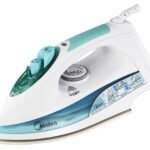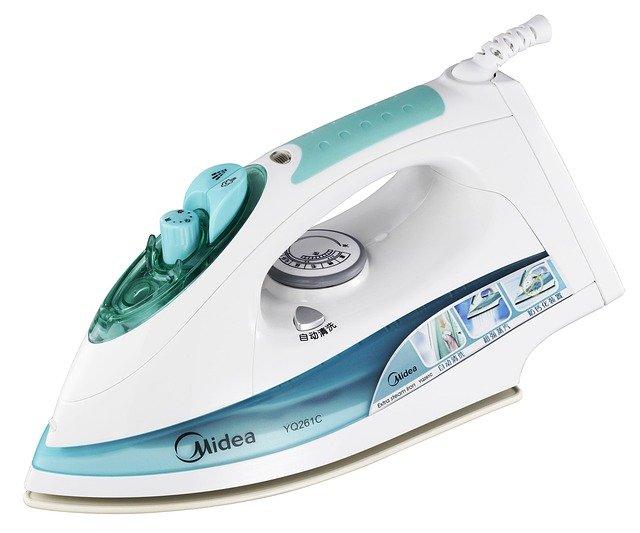# Smart Strategies to Save on Everyday Essentials and Stretch Your Budget Further Each Month
In today’s fast-paced world, managing your finances effectively is more important than ever. Rising costs can make it challenging to keep your budget in check, particularly when it comes to everyday essentials like groceries, household items, and personal care products. However, with a few smart strategies, you can save money and stretch your budget further each month. This article will guide you through effective ways to cut costs using coupons, bulk-buying tips, and more.
## Understanding Your Needs
Before diving into saving strategies, it’s essential to assess your needs. Take a moment to evaluate what items you purchase regularly and how much you typically spend on them. This will give you a baseline to work from and help you identify areas where you can cut costs.
## 1. Mastering Coupons
Coupons are one of the most effective tools for saving money on groceries and household items. Here’s how to make the most of them:
### a. Stay Organized
Keep your coupons organized in a binder or a digital app. Categorizing them by type (e.g., dairy, snacks, cleaning supplies) can help you quickly find what you need when shopping.
### b. Use Multiple Sources
Don’t limit yourself to coupons from newspapers. Explore various sources, including:
– **Online Coupon Websites**: Websites like Coupons.com and RetailMeNot offer a plethora of printable and digital coupons.
– **Store Apps**: Many grocery stores have their own apps that provide exclusive coupons and discounts.
– **Manufacturer Websites**: Brands often have coupons available directly on their websites, especially for new product launches.
### c. Combine Coupons with Sales
Maximize your savings by stacking coupons with sales. When you find a product on sale, check if you have a coupon for it. This strategy can lead to significant savings, especially on higher-priced items.
### d. Plan Your Meals Around Coupons
When planning your meals for the week, take a look at the coupons you have. If you find coupons for specific items, try to incorporate those into your meal plan. This not only saves money but also reduces food waste.
## 2. Bulk Buying: A Smart Investment
Buying in bulk can be a fantastic way to save money, especially for non-perishable items and household essentials. Here’s how to do it wisely:
### a. Identify Bulk-Friendly Items
Some items are perfect for bulk buying, while others may not be worth it. Focus on:
– **Non-perishables**: Items like rice, pasta, canned goods, and cleaning supplies can be bought in bulk without worrying about spoilage.
– **Personal Care Products**: Shampoo, soap, and toilet paper are often cheaper when purchased in larger quantities.
– **Frozen Foods**: Buying frozen fruits and vegetables in bulk can save money and reduce waste.
### b. Compare Unit Prices
When shopping, always compare the unit prices of bulk items versus smaller packages. Sometimes, a larger package may not offer a better deal. Use the unit price to determine the best value.
### c. Join a Warehouse Club
Consider joining a warehouse club like Costco or Sam’s Club. While there is an annual membership fee, the savings on bulk purchases can quickly offset this cost. Just be mindful of buying items you will use and avoid impulse purchases.
### d. Split Bulk Purchases with Friends
If you’re hesitant to buy in bulk due to storage issues or the risk of items going to waste, consider splitting bulk purchases with friends or family. This way, you can enjoy the savings without the excess inventory.
## 3. Smart Shopping Habits
Implementing smart shopping habits can also lead to significant savings. Here are a few strategies to consider:
### a. Create a Shopping List
Always go shopping with a list. This helps you stay focused and avoid impulse buys. Stick to your list to ensure you only purchase what you need.
### b. Shop During Sales
Take advantage of sales cycles. Many grocery stores have weekly sales, and items often go on sale in cycles (e.g., every 6-8 weeks). Stock up on items when they are discounted.
### c. Use Cashback Apps
Cashback apps like Ibotta or Rakuten can provide additional savings on your purchases. These apps allow you to earn money back on eligible items you buy, which can add up over time.
### d. Avoid Shopping When Hungry
Shopping on an empty stomach can lead to impulse buys and unhealthy choices. Always eat before you head to the store to make more rational purchasing decisions.
## 4. Embrace DIY Solutions
Sometimes, the best way to save money is to make things yourself. Here are a few ideas:
### a. Homemade Cleaning Supplies
Many household cleaning products can be made at home with simple ingredients like vinegar, baking soda, and essential oils. Not only is this cheaper, but it’s also better for the environment.
### b. Meal Prep
Preparing meals in advance can save you both time and money. Cook in bulk and freeze portions for later use. This reduces the temptation to eat out or order takeout when you’re busy.
### c. Grow Your Own Herbs and Vegetables
If you have the space, consider starting a small garden. Growing your own herbs and vegetables can save money and provide fresh ingredients for your meals.
## 5. Review and Adjust Your Budget Regularly
Finally, make it a habit to review your budget regularly. Track your spending on groceries and household items to identify trends and areas where you can improve. Adjust your strategies as needed to ensure you’re maximizing your savings.
## Conclusion
Saving money on everyday essentials doesn’t have to be a daunting task. By mastering the art of couponing, embracing bulk buying, and adopting smart shopping habits, you can stretch your budget further each month. Remember to stay organized, plan ahead, and be mindful of your purchases. With these strategies in your toolkit, you’ll find that managing your finances can be both rewarding and empowering. Happy saving!










